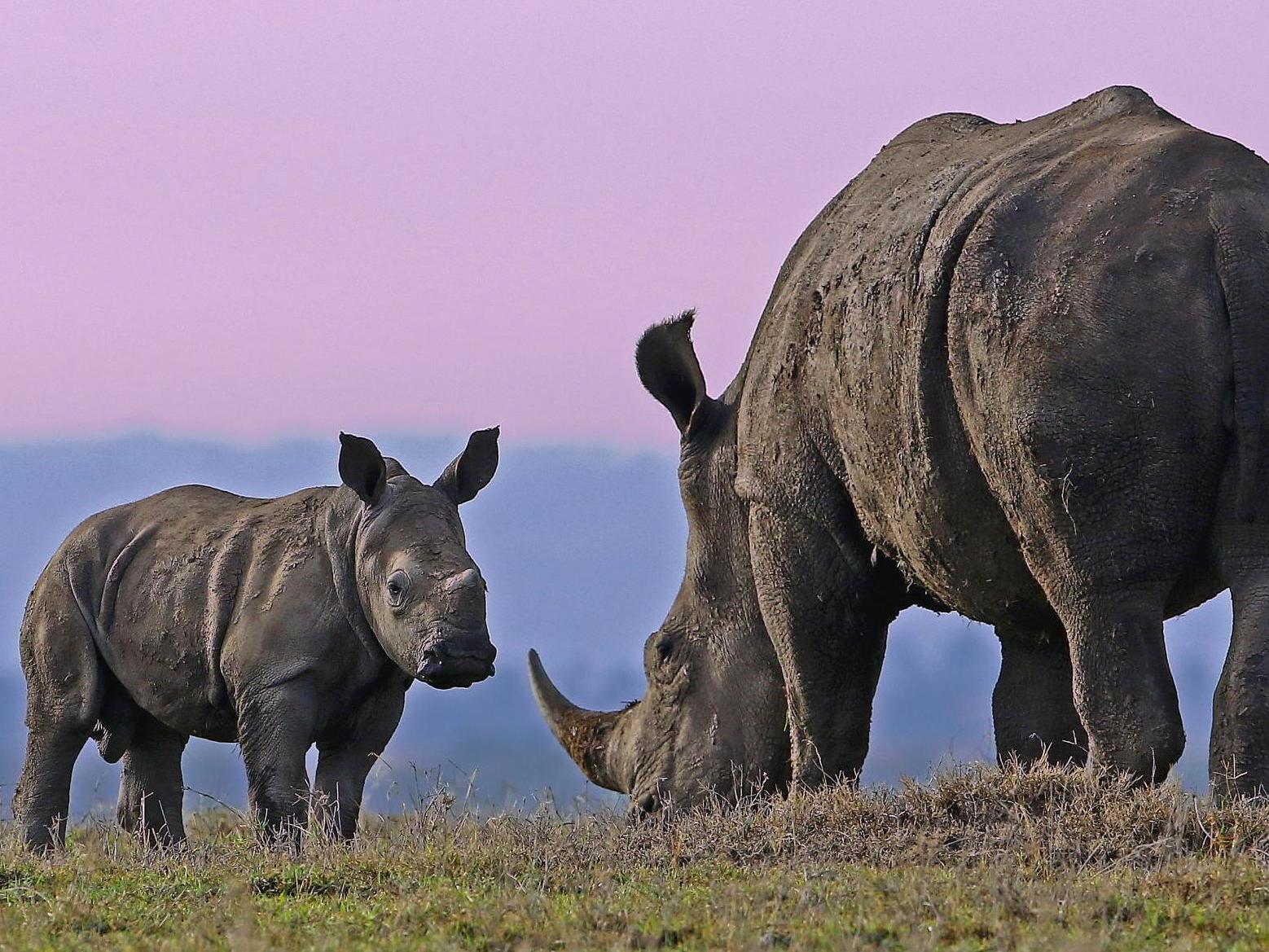Hundreds of endangered animals at risk of extinction as authorities fail to crack down on wildlife trade
‘New trends in wildlife trade can develop quickly, with some species going from common to near extinction in just a few years’, says study co-author

Your support helps us to tell the story
From reproductive rights to climate change to Big Tech, The Independent is on the ground when the story is developing. Whether it's investigating the financials of Elon Musk's pro-Trump PAC or producing our latest documentary, 'The A Word', which shines a light on the American women fighting for reproductive rights, we know how important it is to parse out the facts from the messaging.
At such a critical moment in US history, we need reporters on the ground. Your donation allows us to keep sending journalists to speak to both sides of the story.
The Independent is trusted by Americans across the entire political spectrum. And unlike many other quality news outlets, we choose not to lock Americans out of our reporting and analysis with paywalls. We believe quality journalism should be available to everyone, paid for by those who can afford it.
Your support makes all the difference.Hundreds of animal species are at risk of extinction because wildlife trade restrictions are taking too long to come into effect, a major new study warns.
Over a quarter of animals on the International Union for the Conservation of Nature (IUCN) red list – the world’s most critically endangered – are not protected by Cites (the Convention on International Trade in Endangered Species of Wild Fauna and Flora).
Cites is regarded as the primary international framework for preventing species extinction due to international wildlife trade. It came into force in 1975 in order to coordinate and regulate trade in wildlife products, and can put into effect bans on sales of certain species or their body parts.
The research also revealed the long wait species have to gain recognition by Cites.
Even among IUCN’s red-list species, 62 per cent of those protected by Cites had waited as long as 19 years for recognition or are still waiting to be listed up to 24 years after being first considered.
“It’s absolutely critical that policymakers allow science to inform a speedy protection process,” said Eyal Frank, co-author of the study and an assistant professor at the University of Chicago.
He said: “New trends in wildlife trade can develop quickly, with some species going from common to near extinction in just a few years.
“A policymaking process needs to respond quickly to new information in order to prevent extinction for hundreds of animals and plants.”
The researchers said the pattern of slow recognition by the convention was the same even for the most threatened species.
The team collected data on 958 threatened species particularly targeted by the international wildlife trade, and looked at how they were classified by the IUCN and treated by Cites.
They found 28.2 per cent of species on the IUCN red list were not listed by cites, a discovery the researchers said was “striking”.
“Cites and the Red List are two of the most important tools we have to save wildlife threatened by international trade,” said co-author David Wilcove of Princeton Environmental Institute. “It’s vital that these two institutions work together closely and quickly to stop the killing.”

But the research also revealed 36 per cent of the species studied were already protected by Cites before making it on the Red List.
The authors suggested this could be because Cites had information not available to the IUCN, or “could be due to staffing and other resource constraints at the IUCN”.
However, they added: “We consider the situation in which Cites protection is delayed relative to the Red List finding to be a more severe problem than the reverse situation.”
The release of the research comes ahead of the Cites conference, which will be held in Colombo in Sri Lanka in May and where international wildlife authorities will gather to vote on animal trade restrictions.
The authors recommended any country already part of Cites should advocate that IUCN red list species threatened by international trade be quickly protected under the treaty in order to clear the backlog.
They also suggested all countries can use the red list as a guide to protecting threatened species within their borders.
The research is published in Science.
Join our commenting forum
Join thought-provoking conversations, follow other Independent readers and see their replies
Comments